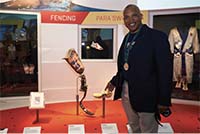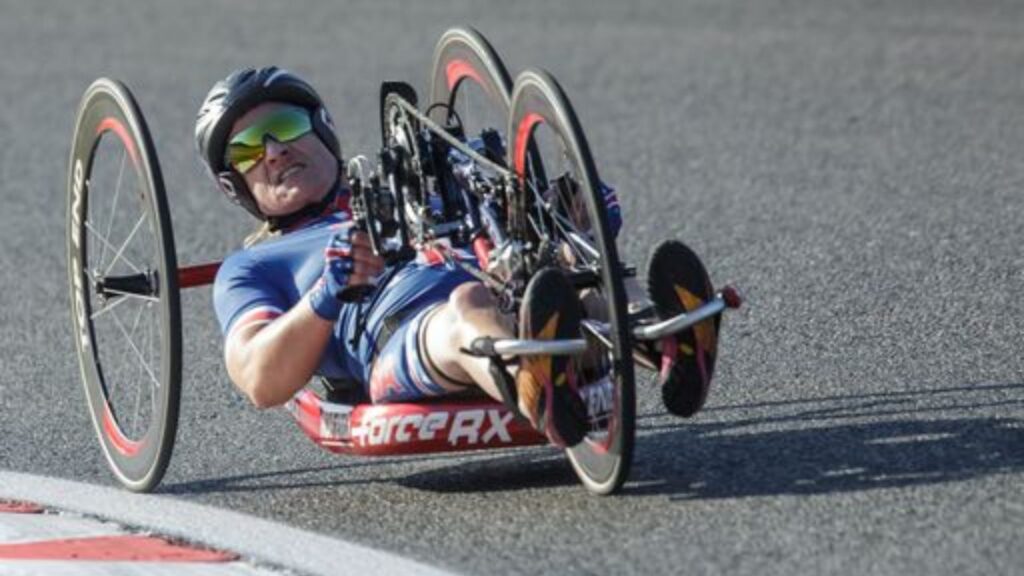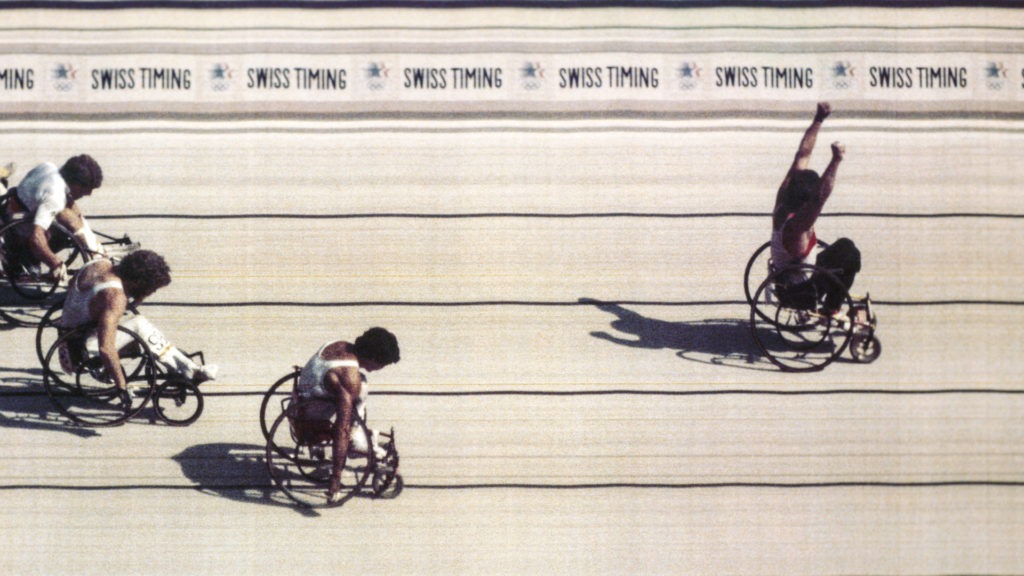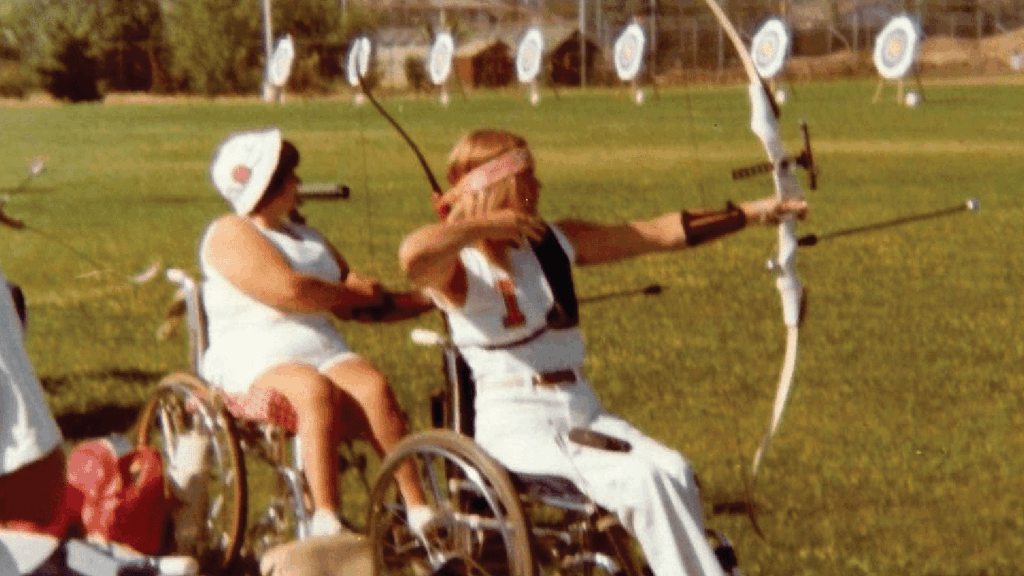Marla Runyan broke barriers as the first legally blind athlete to compete at the Olympic Games, and she remains the only American to compete in both the Paralympic and Olympic Games. Her remarkable career is a testament to perseverance, versatility and excellence across two of the world’s largest sporting stages.
Runyan first made her mark at the Paralympic Games Barcelona 1992, capturing gold medals in the 100, 200, and 400 meters, as well as the long jump. She also competed in cycling—highlighting her extraordinary range as an athlete. Four years later in Atlanta, she returned to the podium with a gold medal in the pentathlon and a silver in the shot put, bringing her career Paralympic medal total to six, including five golds.
In 2000, Runyan made history again—qualifying for the Olympic Games Sydney 2000 in the 1,500-meter run. Competing against fully sighted athletes, she became the first U.S. athlete with a visual impairment to participate in the Olympic Games. She advanced to the finals and finished eighth, the best-ever finish by an American woman in the event at the time. She returned to the Olympics in 2004 and also won national titles in outdoor track and road racing, excelling across middle and long-distance disciplines.
Runyan held the T13 400-meter world record in Paralympic track for 29 years—an enduring symbol of her athletic excellence. In 2001, she shared her story in the memoir No Finish Line: My Life As I See It, inspiring readers worldwide.
Beyond competition, Runyan has remained a fierce advocate for education and inclusion. After leaving Perkins School for the Blind in 2017, she joined the Boston Marathon, where she created the first-ever Para Athletic Division with prize money for para-athletes and managed the professional wheelchair division. She earned her Juris Doctor from Syracuse University College of Law in May 2025.
Inducted into the U.S. Olympic & Paralympic Hall of Fame in 2025, Marla Runyan’s legacy continues to inspire athletes across all disciplines—reminding the world that limitations do not define potential.












